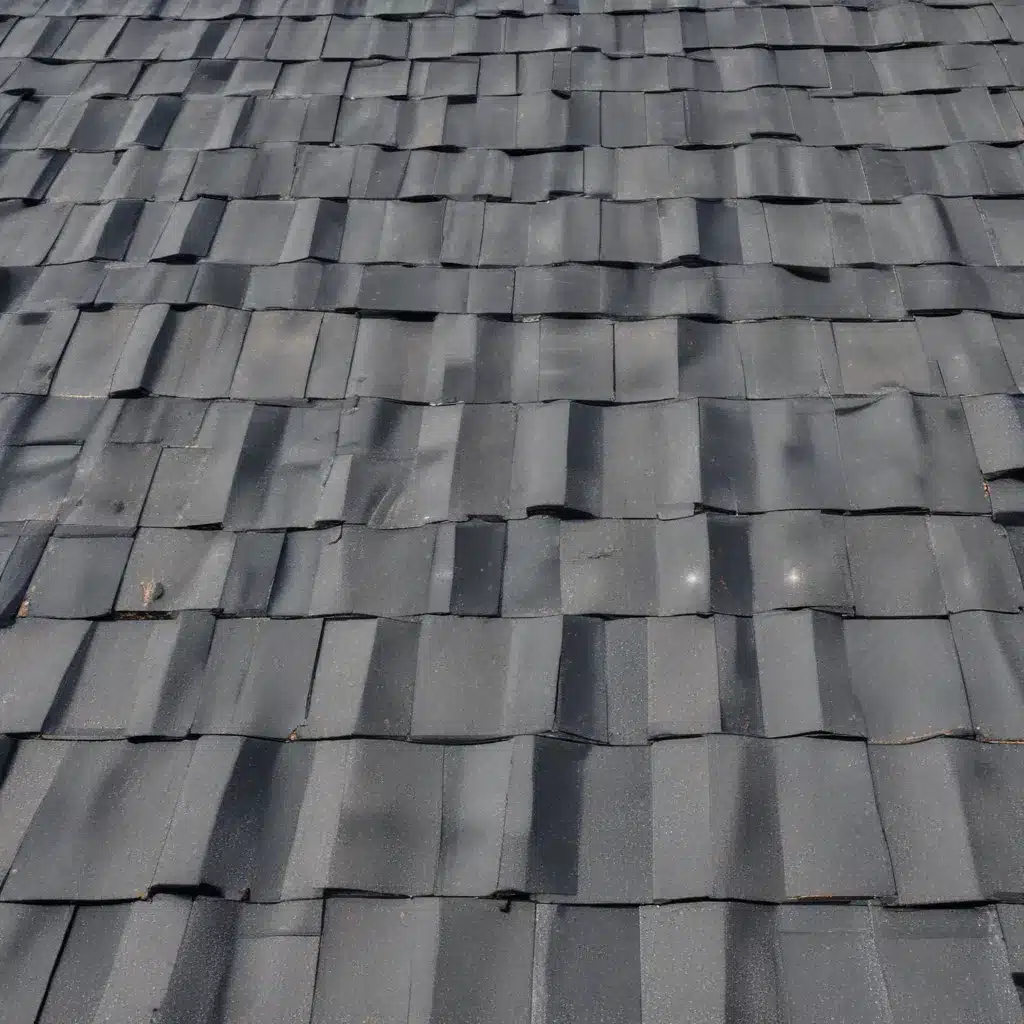
The Complexities of Modular and Prefabricated Roofing Systems
As a seasoned roofing professional, I’ve encountered a wide range of roofing systems, each with its own unique set of challenges and considerations. One area that has become increasingly prevalent in the industry is the use of modular and prefabricated roofing systems. While these solutions offer the promise of faster installation and potential cost savings, they also come with their own set of unique challenges that require careful planning and expertise to address.
Addressing the Aesthetic Dilemma
One of the primary concerns with modular and prefabricated roofing systems is the potential for a mismatch between the building’s architectural style and the off-the-shelf nature of the roofing components. Modular and prefabricated roofs can sometimes struggle to seamlessly blend with buildings that have unique or historic designs, as they are often designed for more conventional structures. This can create a disjointed appearance, detracting from the overall aesthetic of the building.
To overcome this challenge, it’s essential to work closely with the roofing manufacturer and the building’s design team to explore customization options. 3D modeling can be a valuable tool in visualizing how the prefabricated roof will integrate with the building’s architecture, allowing for adjustments to the roof design or the building itself to achieve a harmonious look.
Navigating the Logistical Hurdles
Transporting and installing modular and prefabricated roofing systems can present unique logistical challenges that traditional roofing systems do not typically encounter. The sheer size and weight of these prefabricated components require specialized equipment, such as cranes, and careful planning to ensure safe and efficient delivery and installation.
Coordinating the delivery and installation with the construction timeline is crucial to avoid costly delays and potential damage to the roofing materials during the handling process. Partnering with experienced roofing contractors who are well-versed in managing these types of installations is essential to mitigate these logistical hurdles.
Weathering the Elements
Modular and prefabricated roofing systems are often constructed under controlled factory conditions, which can lead to concerns about their performance in unpredictable outdoor environments. Weather conditions, such as heavy rain, high winds, or extreme temperatures, can pose significant challenges during the installation process and impact the long-term durability of the roofing system.
Careful attention to the roof’s design, material selection, and installation techniques is necessary to ensure that the prefabricated components can withstand the local climate and environmental stresses. Consulting with experts and conducting thorough testing can help identify any potential vulnerabilities and implement appropriate solutions to ensure the roof’s long-term performance.
Maintaining Integrity and Compatibility
Modular and prefabricated roofing systems are not always a perfect fit for every building, and integrating them with the existing structure can present unique challenges. Ensuring a seamless integration between the prefabricated roof and the building’s design, structural integrity, and ventilation requirements is crucial to maintain the overall performance and longevity of the roofing system.
Careful evaluation of the building’s specifications, collaboration with the design team, and the selection of compatible roofing components are essential steps in addressing these integration challenges. By addressing these considerations upfront, you can minimize the risk of future issues and ensure a long-lasting, high-performing roofing system.
Practical Solutions and Best Practices
To effectively address the unique challenges of modular and prefabricated roofing systems, it’s essential to adopt a comprehensive approach that encompasses proper planning, expert installation, and ongoing maintenance.
Collaborative Design and Planning
Engaging with the roofing manufacturer, design team, and construction professionals from the outset is crucial to ensure a seamless integration of the prefabricated roof with the building’s architecture and structural requirements. Leveraging 3D modeling can help visualize the proposed roofing solution and identify any potential conflicts or constraints early in the process, allowing for timely adjustments and customizations.
Meticulous Installation Practices
Proper installation is paramount when it comes to modular and prefabricated roofing systems. Hiring experienced roofing contractors who are well-versed in handling and installing these specialized systems is essential to ensure the roof’s long-term performance and prevent any issues related to water intrusion, structural integrity, or premature deterioration.
Proactive Maintenance and Inspections
Regularly scheduled inspections and maintenance are crucial for preserving the integrity of modular and prefabricated roofing systems. Addressing minor issues promptly, such as loose fasteners, sealant failures, or signs of weathering, can help extend the roof’s lifespan and prevent more significant, costly repairs down the line.
Adaptability and Customization
When working with modular and prefabricated roofing systems, it’s important to maintain an open and collaborative mindset. Be willing to explore customization options, work closely with the manufacturer, and adapt the design to ensure the best possible fit and performance for your specific building. Embracing this flexible approach can help overcome the inherent challenges of these roofing systems and deliver a solution that meets your unique requirements.
Conclusion
Modular and prefabricated roofing systems offer a range of benefits, including faster installation, potential cost savings, and consistent quality. However, their unique challenges, such as aesthetic integration, logistical hurdles, weather-related concerns, and compatibility issues, require a specialized approach to ensure long-term success.
By partnering with experienced roofing professionals, engaging in collaborative design and planning, implementing meticulous installation practices, and maintaining a proactive maintenance regimen, you can effectively navigate the complexities of modular and prefabricated roofing systems. This comprehensive approach will help you deliver a high-performing, durable, and visually appealing roofing solution that meets the unique needs of your building.
At Roofers in Northampton, we are dedicated to providing our clients with the expertise and support necessary to tackle the challenges of modular and prefabricated roofing systems. Our team of seasoned professionals is committed to working closely with you throughout the entire process, from design and planning to installation and ongoing maintenance, to ensure the success and longevity of your roofing project.

